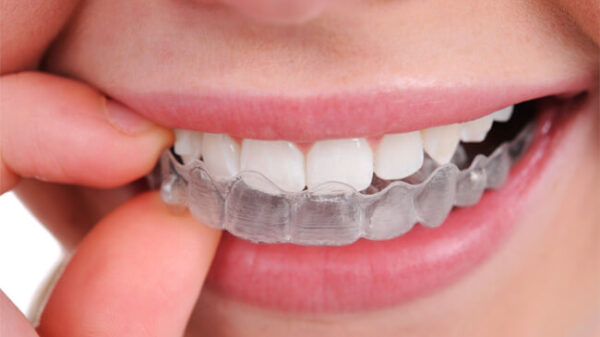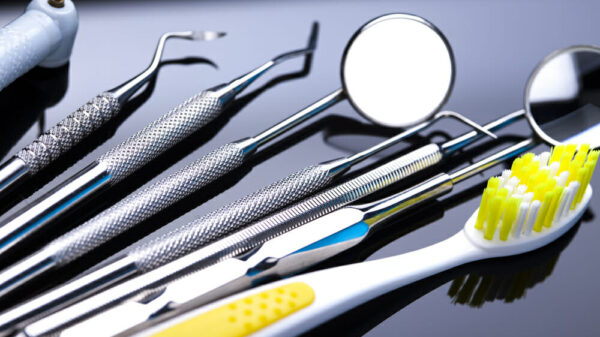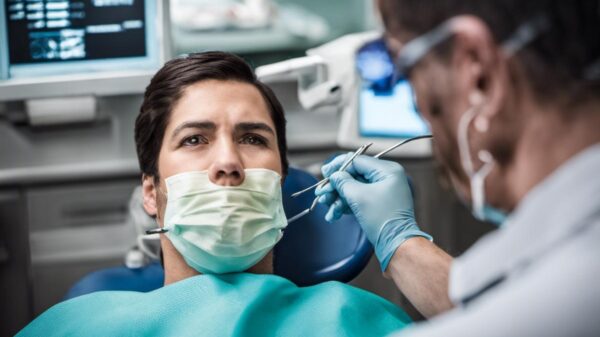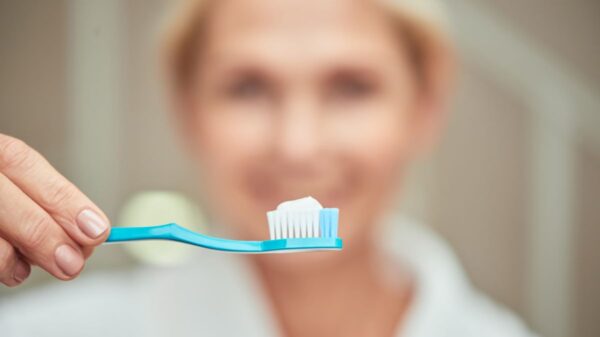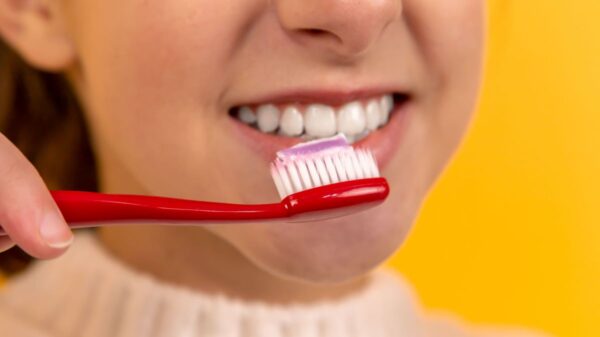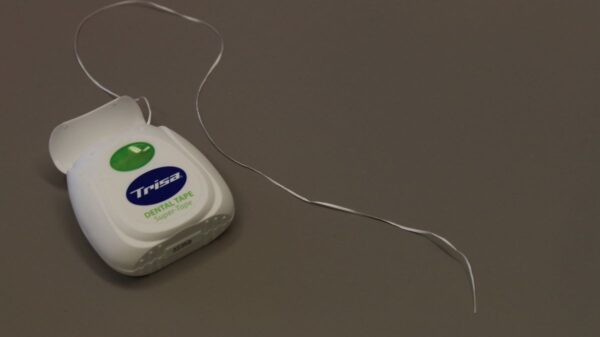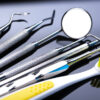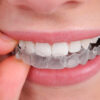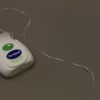Can Loose Teeth Become Tight Again?
The tightness of one’s teeth is important for people to keep their teeth in place, which is why someone with a loose tooth needs to get it fixed. A person who gets his or her tooth fixed avoids potential damage to the tooth and any dental issues.
So, can a loose tooth tighten back up over time? A loose tooth may become tight. A tooth that becomes “tight” is called an intrusive luxation, and there are several causes such as trauma or pressure from adjacent teeth. Sometimes if the roots of the tooth have not completely developed it can be pulled into place with braces. Sometimes if the tooth completely erupts, braces can push it up into place.
A loose tooth can change in tightness over time. Sometimes this is because the roots of the teeth are resorbing or losing density. Tooth loss may also be due to periodontal disease or traumatic injury, which could also affect the position of the teeth and loosen a previously tight tooth.
Keep reading to learn more about how your teeth move over time.

What To Expect
It’s normal for one of your teeth to get pushed out over time because of other teeth coming into the space. When this happens, it’s natural for the gums to become swollen and irritated at first as part of a natural response to having something move into its space. This is due to a shift in pressure that puts more force on the teeth that are touching the loose one.
Eventually, if a tooth does not get fixed, it will be pushed out of its position and, as a result, may lead to other teeth becoming loose or shifting into space created by the missing tooth. For example, an individual asked a dentist to find out whether a loose tooth might tighten up on its own over time.
The answer is that it’s possible but unlikely. Although a little bit of movement may occur as a result of normal chewing or other forces, most often the tooth will remain displaced and require some form of treatment for either realignment or extraction.
Fixing Loose Teeth
The primary reason why someone would want to get a loose tooth fixed is to prevent damage and avoid potential future issues. If a person does not fix his or her loose tooth, there could be an increase in the risk of developing cavities.
This can lead to the decalcification or erosion of teeth and cause serious infections that can further damage a person’s oral health. To prevent this from happening, it is best for someone with a loose tooth to get in touch with an experienced dentist as soon as possible so he or she can recommend the best course of action.
A dentist can opt to either fix the tooth or extract it from a person’s mouth if it is severely damaged and cannot be fixed. In some cases, where a tooth has been extracted, the dentist may recommend the use of a dental implant. The good news is that, in most cases, loose teeth tend to tighten up over time.
Again, it is best to speak with a dentist if you notice any loose teeth and/or you’re experiencing other dental issues. The only way to avoid damage and future problems is to get them fixed as soon as possible. As such, it’s important for one who experiences this issue to call his or her dentist for an evaluation.
You might be thinking, well that’s great this person has a loose tooth but how do we know if they have a tight or loose tooth in the first place?
Erupt Loose Teeth
Let’s say you have a tight tooth that is about to erupt into the oral cavity. I would say at least 90% of dentists would recommend pulling that tooth if they could prevent it from coming in. Why? Well why do you think there are so many orthodontist offices these days, everyone wants straight teeth because they look better, function better, and last longer.
You have to think about it from a dentist’s standpoint, why wouldn’t we want straight teeth? A crooked tooth will typically have a harder time erupting into the oral cavity and if it makes it through there is more room for bacteria or food to get caught up in between those teeth.
Now let’s say one of those teeth is a molar, or premolar (they’re the only two teeth that go all the way up into the brain) and it’s in an area like your maxillary right quadrant (the back left side of your mouth), then that would be even more important to get that tooth out.
History of Aging Teeth
During the late 1800s, dentistry was still in its infant stages. A dentist could extract a tooth, but if it fell out naturally or you bit into an apple wrong and knocked it out, there wasn’t much they could do preventatively. That all changed when Dr. H.D. Miller invented caps for loose teeth in 1864.
Eventually, more sophisticated methods of tooth retention were invented. The molar band was invented in 1896 and is still used today. In the 1920s, a procedure known as root canal therapy was introduced to fix loose teeth that have space between the root of the tooth and its cap.
After years passed, however, some people began to notice that teeth were becoming increasingly loose. Recently, a team of researchers in the UK set out to understand how frequently this was occurring and what factors might contribute.
They began by analyzing data from dental examinations spanning several decades (1940-1990) at two separate dental clinics in the United Kingdom – more than three hundred thousand molars had been examined in total. The researchers discovered that teeth were becoming significantly looser than in the past and hypothesized that it was due to increased rates of tooth decay, gum disease, or diet.
To test their hypothesis, 31 patients who visited a dental clinic at King’s College London agreed to have an x-ray taken of their molars before having the tooth removed. A second x-ray was taken once the tooth was removed to determine if it had become looser over time.
To understand what might be causing this phenomenon, they looked at the molars of two different groups of patients – one group with no history of dental disease and one group with extensive dental disease. The researchers found that the decay and gum disease in teeth that had become loose did not contribute to their increased looseness after tooth removal.
Rather, they found that the average amount of time between when a tooth was first examined and when it later fell out was 49 years. They also found that teeth on either side of the removed molar were likely to fall out within several years.
The researchers concluded that the primary reason teeth are becoming looser is because of aging, which would explain why it affects every tooth at the same rate rather than just those with decay or gum disease.

Personal Example of Loose Teeth
This morning, a girl was brushing her teeth and noticed that one of her molars that had been loose for a while had suddenly become tight again! The tooth had been loose for almost two weeks. Her tooth doesn’t hurt at all anymore, nor does it have any weird feeling inside.
She checked her tooth in a mirror and it looked as if the hole was almost closed. Can you please tell me what’s going on? What could be happening to this tooth right now?
I’m not sure what your daughter wants, but she probably doesn’t want her loose tooth getting ‘tight’ again and then going back into her mouth, thus being a tooth that’s merely been temporarily pulled.
My first guess was that perhaps her loose tooth had popped up to its normal position as she brushed it this morning and thus seemed as if the hole has almost closed.
However, after checking with my colleague Dr. Donald Tan (a dentist who also practices in Kuala Lumpur ) we both feel that her tooth may have become trapped in a position that allows the gum to close up the hole. In such cases, usually, no treatment is needed and one can expect the tooth to go back to its normal place on its own at some point. The answer depends on whether the tooth is a primary or a permanent one.
Loose Primary Teeth
A loose primary tooth typically moves freely in its socket and almost always falls out within 2 to 3 years of eruption. In contrast, a loose permanent tooth may not come out on its own, or it may come out but re-enter spontaneously. In either case, the tooth is considered to be ” tight”.
Tight teeth typically develop as a result of trauma that causes the separation of the root from the bone. They can also result from gum disease which causes ankylosis (i.e., bone growth onto the root surface).
If you have a loose primary tooth, schedule an appointment with your pediatric dentist. If this is not possible, see your general dentist ASAP. The reason for seeing a dentist is to determine whether there are any signs of infection (e.g., abscess) or disease (e.g., cyst). Also, the dentist will make an accurate diagnosis to determine whether or not the tooth has the potential for re-entry into its socket.
If it does, then various treatment options should be discussed with your dentist. These include simple observation, orthodontic repositioning appliances, space maintainers, and/or surgical intervention(s).

Dental Example of Loose Teeth Tightening
It’s a rare sight, but one we’ve seen before: A loose tooth becomes stuck back in place. It seems like something out of The Twilight Zone, the stuff of fiction. But it happens to real people and is usually caused by an athletic blow to the mouth or chin. “Our bodies are amazing,” said Dr. Erich Voigt, chief dentist at New York University’s Dental Institute.
“This phenomenon is well known and can be quite common.” Here’s what happens: Pitch a baseball wrong and you risk having it come back and hit you in the face. A similar type of blow to the chin can result in a loose tooth being jarred back into place. There are a few ways it can happen, Voigt said.
In the first scenario, a strong blow will force the tooth to go forward and then slip back into its socket – pushing saliva and blood out of the way. The second involves a blow that causes an upward motion – allowing the tooth to slip back into place with less effort.
“The fact that this happens is no surprise,” Voigt said. “The jawbone, which holds the teeth in place, has very little space between it and the gums. So when an accident like this occurs, there is not much tissue to get in the way.” In some cases, when a tooth is forced back into place it can then become re-infected.
So if you have painful swelling in the gums near where your tooth once was, head to the dentist ASAP.




